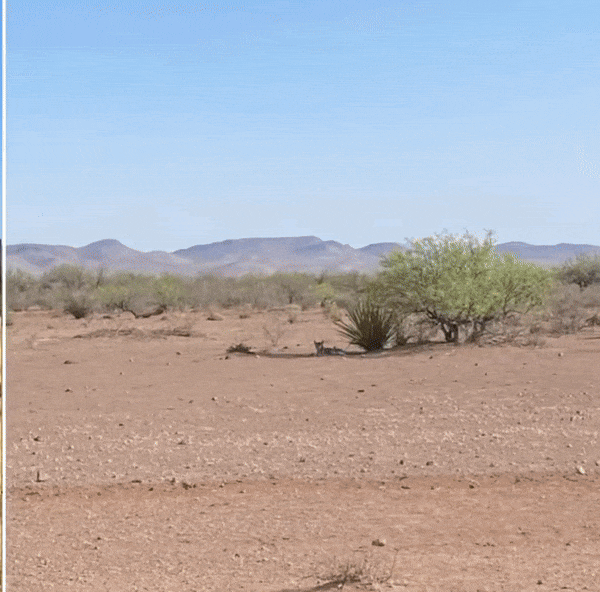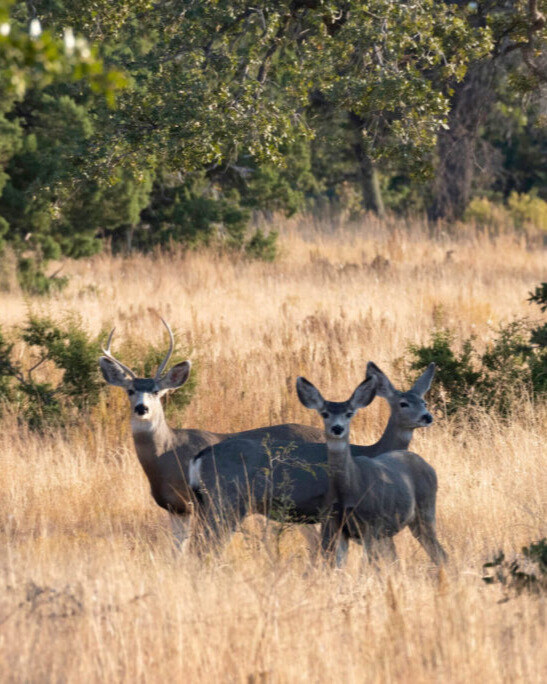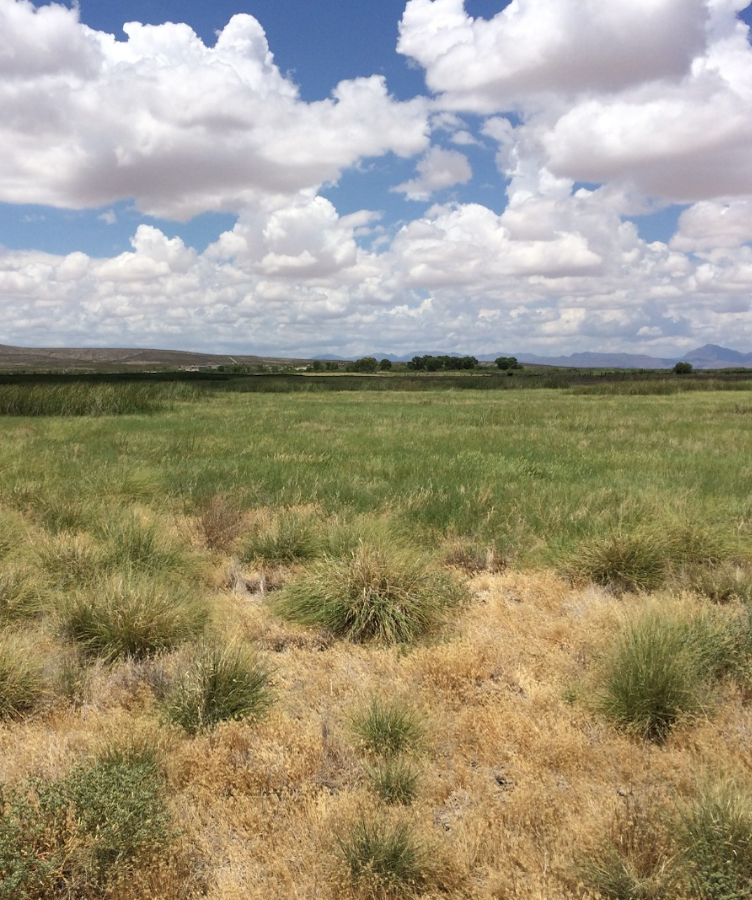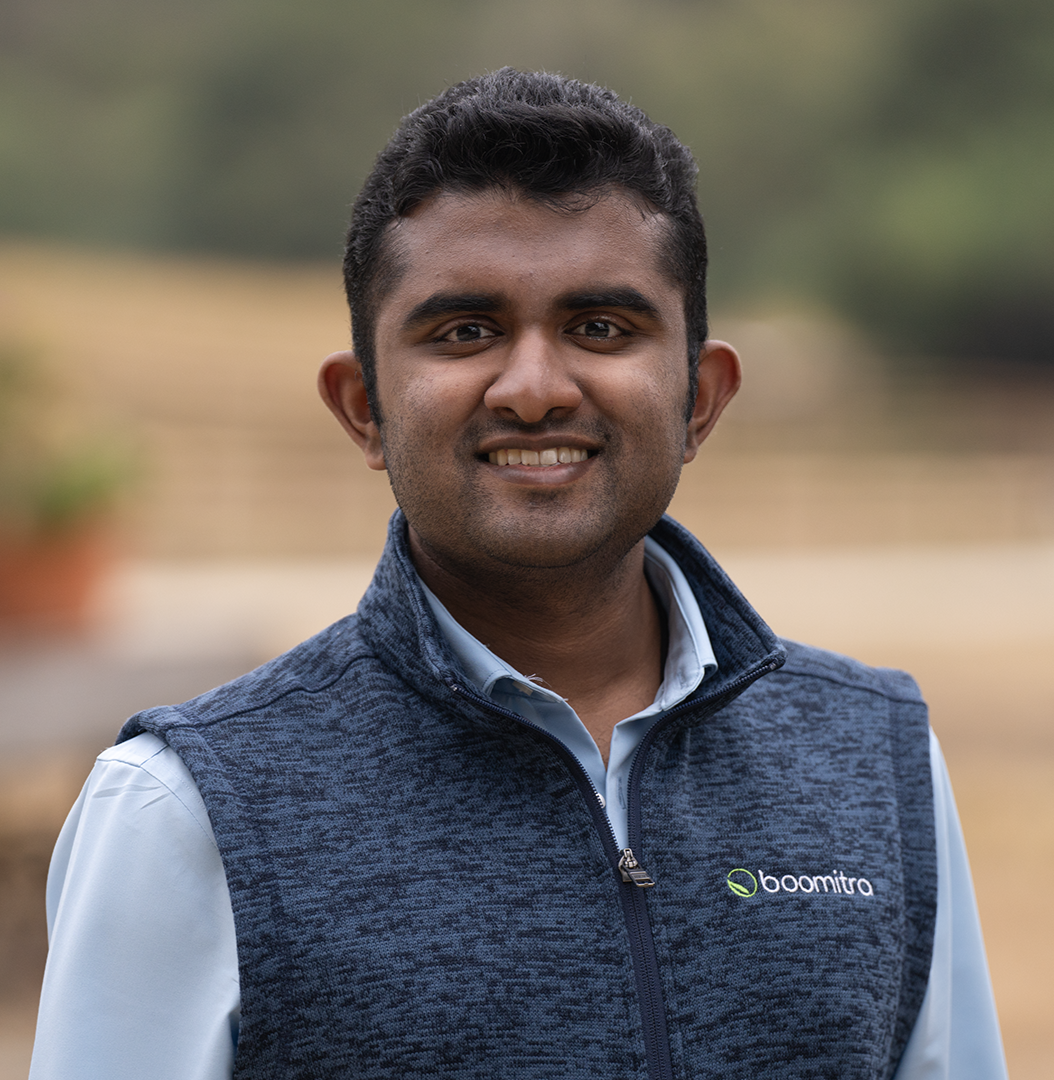Boomitra Northern Mexico Grassland Restoration Project
Boomitra is restoring millions of acres of grasslands, empowering ranchers, and delivering high-quality carbon credits.
"From just one species of grass, we now have 17 species. In addition to grass biodiversity, there are more species of birds and other small animals for coyotes and pumas to prey on, which has ultimately reduced predation of our livestock."
-Jorge Pando, El Apache Ranch

Be the first to get project updates
Sign up for our newsletter to get the latest news, insights, and project updates straight to your inbox.
.png)
Our Northern Mexico Grassland Restoration Project
Spanning 1.4 million acres across the Chihuahuan and Sonoran deserts, Boomitra’s flagship project promotes regenerative grazing practices that enhance carbon sequestration, improve biodiversity, and restore fragile ecosystems.
"Being part of the growing carbon market provides us with the resources and funds necessary for the longevity and continuity of our work."
– Conservation Director, Cuenca de Los Ojos
Rancher stories:
The people behind the impact

Cuenca de Los Ojos
Cuenca de Los Ojos is on a mission to build biodiversity in Northern Mexico. From restoring grasslands to reviving watersheds, they're teaming up with Boomitra to champion regenerative grazing, boost biodiversity, and keep soils thriving.

Ejido Acebuches
Ejido Acebuches is regenerating land on their ranch in the Chihuahuan Desert. Led by President of the Ejidal Commission Heriberto Franco Jordán, they’re seeing an increase in wildlife, grasses, and shrubs thanks to their improved ranching practices.

Don Tachin Ranch
In Aldama, Mexico, ranchers are restoring grasslands and enriching soils through regenerative grazing. Partnering with Boomitra, they’re improving biodiversity, increasing soil carbon, and building a more resilient future for their land and livelihoods.

Santa Maria Ranch
Ranchers across Northern Mexico are turning dry, depleted land into thriving pastures with regenerative grazing. Partnering with Boomitra, they’re restoring soil health, boosting biodiversity, and creating a more sustainable future for ranching.
"Achieving registration under VM0042, Verra’s most rigorous methodology for soil carbon, validates our innovative AI approach to soil carbon measurement and paves the way for the registration of our other projects worldwide."
-Aadith Moorthy, Boomitra CEO & Founder





.jpeg?width=1200&length=1200&name=NMXGL%20Female%20Rancher%20(1).jpeg)
How big is this project?
- For the first monitoring period, the project covers 553,487 hectares (1.4M acres).
- We have already onboarded additional ranchers to grow the project an additional 492,000 hectares (1.2M acres), for a current total project size of 1,045,487 hectares (2.6M acres).
- We expect to grow the project to 2.7M hectares over the next five years (6.7M acres).
How many women are involved in the project?
- There are currently 20 female ranchers, which is about 14% of the total for the project.
- In addition, 64 women are employed in project activities.
What is the average ranch size for the project?
- Ranch sizes range from 3,400 - 36,950 hectares.
- The average ranch size is 4,800 hectares.
What regenerative practices do you use for this project?
Boomitra always promotes regenerative practices tailored to each region and that are culturally and ecologically appropriate. In Mexico, participants have adopted practices like regenerative livestock, paddocks with electric fences, water and soil conservation practices, and rotational grazing.
What are the predominant livestock for the project?
- 50% bovine only
- 24% bovine and horses
- 24% mix (mules, goats, poultry)
What are the biggest challenges the ranchers in this project face?
When surveyed, the ranchers say the following are their top challenges:
- 96% climate change impacts
- 53% droughts
- 12% infrastructure deficiencies
- 12% high input costs
How are soil carbon changes measured and verified?
Boomitra uses a digital MRV system that combines satellite imagery, soil samples, and biogeochemical modeling (RothC) to quantify changes in soil organic carbon. All measurements align with Verra’s VM0042 methodology and are independently verified by third-party auditors.
How is reversal risk managed?
Boomitra addresses reversal risk through conservative credit issuance, use of buffer pools, and continual engagement with land stewards. We also leverage geographic diversity and strategic partnerships. Improved land management also enhances soil resilience, reducing the likelihood of carbon loss from drought or degradation.
What percentage of credit revenue goes to ranchers?
55% of gross carbon revenue is paid directly to farmers and ranchers. Another 20% goes to local implementation partners who are contractually obligated to reinvest in community-based support, ensuring 75% of value stays with local stakeholders.
Farmers and ranchers also benefit from numerous co-benefits.
Is participation voluntary? Are farmers required to purchase specific products?
Participation in all Boomitra projects is voluntary and requires full, informed consent. Growers digitally sign agreements and may withdraw at any point before verification without penalty.
Farmers are not required or incentivized to buy fertilizers, seeds, or tools from any company, including our investors or implementation partners.
How do you ensure long-term participation and impact?
We offer training, field support, digital tools like the Boomitra app and Mitra, our conversational GenAI assistant that communicates with farmers in local languages, and equitable revenue sharing. These create durable incentives for continued climate-smart land management.


.png?width=300&height=100&name=VCS-Logo-Verra-Color%20PNG%20(1).png)